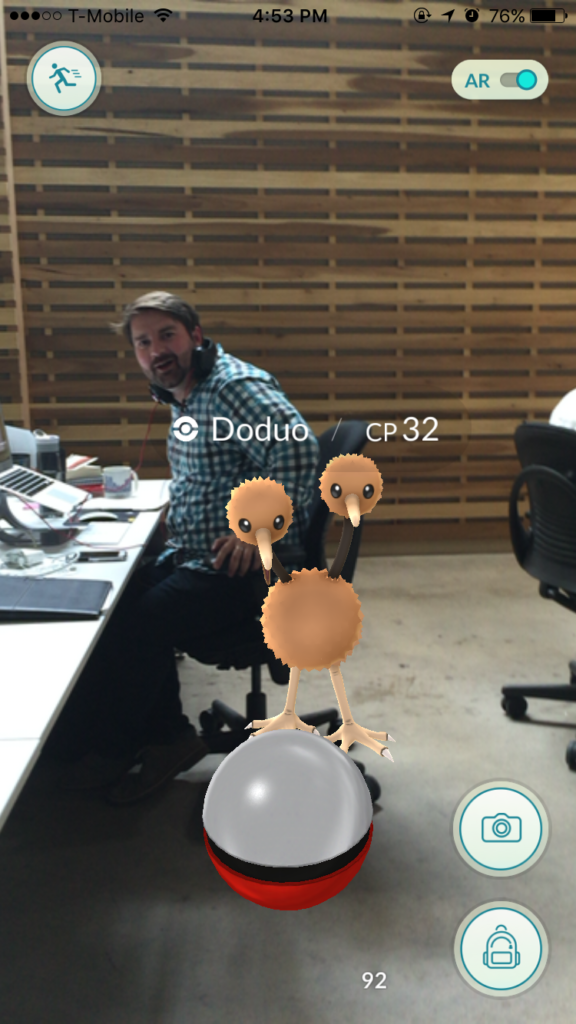Fitness blogs and wellness professionals are talking about the possibility that Niantic unknowingly built a great health and wellness app. Unknowingly? Not likely.
Video game designers have known the secrets that engage users for a couple of decades now. Those things also happen to be very similar to what it takes to make an effective wellness program. It’s pure psychology, and video game developers like Niantic have been practicing and refining the techniques for a while.
So, there’s probably a thing or two wellness apps and programs could learn from Pokémon GO.
Consider five core elements of a typical wellness program:
- Exercise. The most foundational element of your typical wellness program is steps. With so many people sitting in offices (or even classrooms), getting in 10,000 steps a day can be challenging. Fitbit and other wellness programs have made progress here by simply making people aware of how much they’re moving (or not moving). But walking for walking’s sake still requires willpower and making time. Distraction, on the other hand, comes much more easily. Taking a break from emails to go catch a nearby Weedle is a great way to get up and start moving — and it just happens to be wellness.
- Community. In order to play Pokémon GO, users need to get out and walk around. A byproduct of this is that it’s introducing people to aspects of their communities they never knew existed, via PokéStops. These real-life locations appear in places you may have never noticed, but marked on a map (and potentially serving as a Pokémon lure), there’s no way to miss them. PokéStops are introducing people to murals, restaurants, community libraries, galleries, museums, and landmarks. Not only are we getting out in the world, but we’re connecting with it — seeing things we didn’t (and might not have) seen before.
- Culture. As you walk around your neighborhood or office, there’s a knowing awareness among people as to why we’re all staring at our phones — whether or not you’re actually playing. This is by far the most interesting aspect of the app — that not-so-secret club feel that encourages friendly, knowing smiles and gets you to tell a stranger there’s a Goldeen two blocks away. This shared experience is getting us to say hello to people in our world and experience a small but pleasant sense of connectedness.
- Challenges. Challenges are another quintessential aspect of your average wellness app — get 10,000 steps a day, try to outpace your co-workers, or set up a Saturday challenge among friends. While Pokémon GO challenges don’t necessarily involve fitness, it takes a fair bit of walking to have the level and Pokémon strength to go head-to-head at a gym.
- Rewards. Move over badges, there’s Pokémon nearby! Wellness apps and programs have done a good job of motivating healthy behavior through digital (and sometimes even monetary) rewards. Walk 10,000 steps and you get a cool pair of digital sneakers or reward points to cash in later. Where Pokémon GO stands apart is the active search for rewards in the form of Pokémon. This active, rather than passive, incentive system is what’s getting players to walk a couple more blocks or take a longer route with their dog. It’s fun, highly anticipated, and immediate gratification.
Millennial or not, Pokémon GO has created something interesting, and the social experiment alone is worthy of admiration. What’s missing from your wellness program? What would you like to see more of (other than Doduo and Rob hard at work here at the Fort Worth office)?



